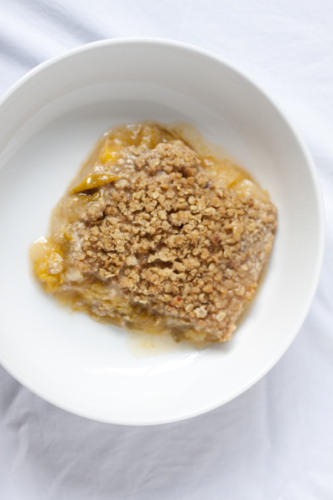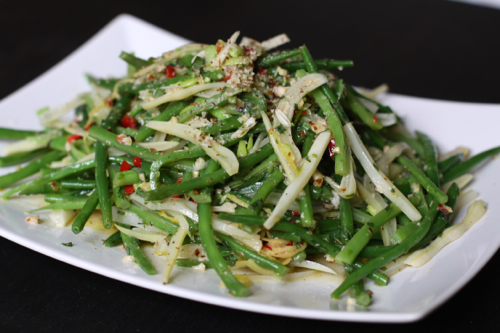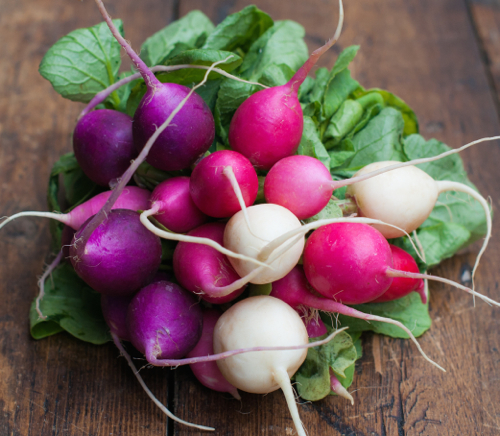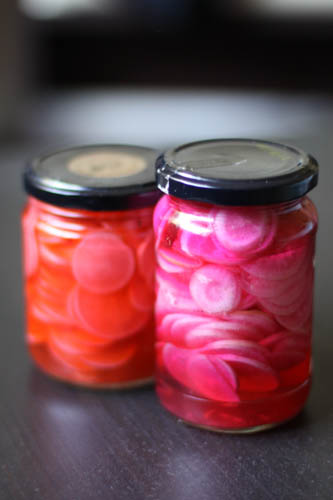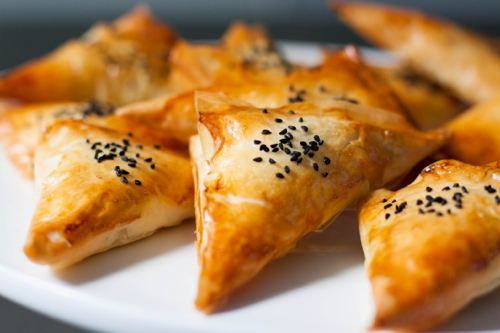Purple cauliflower polonaise
 Thursday, August 27, 2015 at 9:28AM
Thursday, August 27, 2015 at 9:28AM 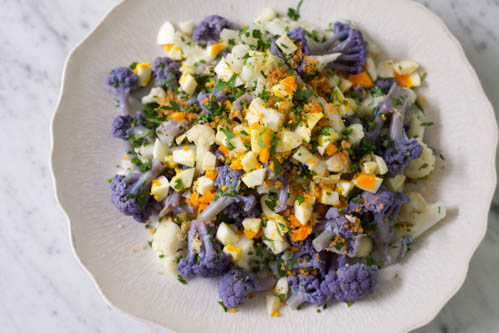
My Dad didn’t often make vegetarian main courses when my sister and I were kids. He knew he was likely to be hurled with abuse. This was one of few of his vegetarian dishes that did not induce a temper tantrum. I think it was probably the crispy, salted breadcrumbs that did it. He was always very liberal with those.
For my cooking demo at the Natoora shop this week I am making my Dad's recipe with purple cauliflower, as well as white. Of course, you can just use white cauliflower on its own, as my Dad does. The purple cauliflower does look fabulous though, doesn't it? It tastes great too. They're grown organically for Natoora by Good Earth Growers in Cornwall.
 Vix |
Vix |  2 Comments |
2 Comments | 
